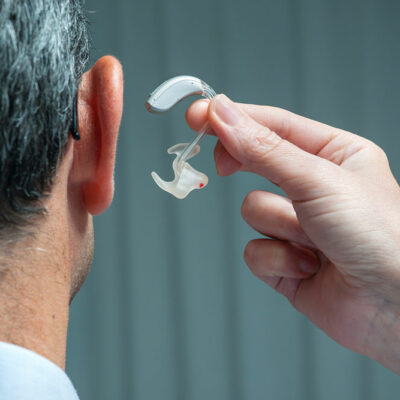
Common signs and management options for SMA
Spinal muscular atrophy (SMA) is a genetic neuromuscular condition causing muscle weakness and wasting. SMA patients experience the depletion of motor neurons within the spinal cord. These specific nerve cells are crucial in regulating muscle movement. Without these motor neurons, muscles don’t receive nerve signals, making them weaker and smaller and curtailing movement. Approximately 10,000-25,000 children and adults in the country have SMA. Moreover, one in every 6,000 children is born with this rare condition. Symptoms SMA symptoms depend on its severity and type as well as the age of the patient. Some common signs include – Difficulty swallowing and breathing Muscle twitching and weakness Difficulty sitting, walking, and standing Changes in the shape of the chest, spine, and limbs due to muscle weakness In Type-I or infantile-onset SMA, affected infants may experience symptoms such as reduced movement, chronic shortening of muscles, reduced muscle tone, lack of tendon reflexes, twitching, skeletal abnormalities, and problems with swallowing and feeding. These symptoms are clearly evident within 6 months of birth. Type-II SMA is diagnosed among children between 6 and 18 months old. It mostly affects the lower limbs. Noticeable symptoms may include inability to stand or walk without help and respiratory difficulties.
Read More 





